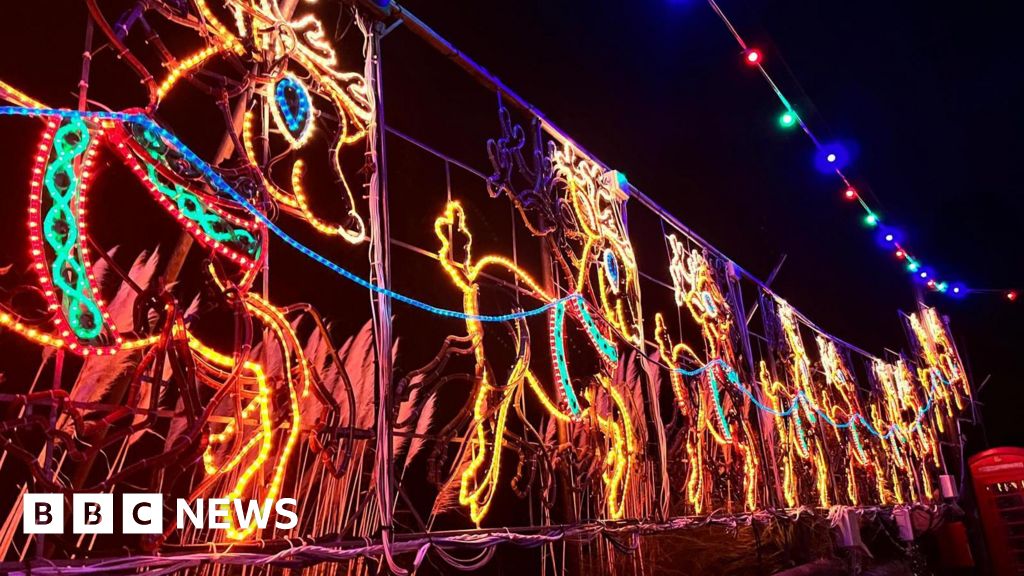Starliner Astronauts to Return on SpaceX Dragon: Boeing's Spacecraft Troubles Continue

NASA has announced that two astronauts currently aboard the International Space Station (ISS) will return to Earth on a SpaceX Crew Dragon capsule, marking a significant setback for Boeing's troubled Starliner spacecraft.
The decision comes after a formal review by NASA on Saturday, where concerns about the safety of the Starliner capsule were raised. Astronauts Suni Williams and Butch Wilmore, who launched to the ISS in early June on the Starliner, have been facing an extended stay due to issues with the spacecraft, including helium leaks and malfunctioning thrusters.
Despite Boeing's recent claims of confidence in the Starliner's ability to return the crew safely, NASA's review concluded that the spacecraft's problems posed an unacceptable level of risk. The agency cited its extensive experience with spaceflight, both successful and unsuccessful, in making the decision.
Bill Nelson, NASA Administrator, emphasised the importance of a culture of transparency and information sharing in space exploration. He acknowledged past mistakes, including the loss of two Space Shuttles, which were attributed to a lack of open communication and a reluctance to acknowledge potential risks.
SpaceX, which has established a reliable track record with its Crew Dragon spacecraft, will now accommodate Williams and Wilmore on its upcoming Crew-9 mission to the ISS. Initially designed to carry four astronauts, Crew-9 will now be reconfigured to carry only two. This will allow Williams and Wilmore to join the Crew-9 team and remain on the ISS for an additional six months, extending their stay to a typical mission length.
The reassignment will push the astronauts' return to February 2025 at the earliest, while the Starliner capsule will return to Earth empty. NASA will then need to decide whether to certify the Starliner for human spaceflight despite its recent setbacks. This decision will be critical for Boeing, as it could impact the future of the Starliner program and its role in future human spaceflight missions.
While Boeing representatives were not present at Saturday's news conference, NASA officials indicated that there were differing opinions on the level of risk associated with the Starliner's return, highlighting potential issues in the ongoing partnership between the agency and Boeing. However, Nelson expressed confidence that Boeing would address the problems and prepare the Starliner for another crewed mission in the future.
The Starliner has experienced a series of setbacks throughout its development. In 2019, an uncrewed test flight failed to dock with the ISS due to software errors. A subsequent uncrewed test flight in 2022 revealed further software issues, and the root cause of the current thruster problems, which were missed two years prior, were discovered only recently.
The Starliner's uncrewed return to Earth will be a critical test of the spacecraft's ability to navigate the challenging atmospheric re-entry, a phase of the mission considered to be the most dangerous.
If the Starliner is certified after its return, it will join SpaceX's Crew Dragon as a means of transporting astronauts to and from the ISS. However, if it fails to receive certification, it will represent a significant blow to Boeing's reputation and potentially lead to further financial losses.
The Starliner program has faced significant cost overruns, sparking rumours about Boeing's potential withdrawal from the project. Nelson confirmed that he recently discussed the Starliner's status with Boeing's new CEO, Kelly Ortberg, and expressed optimism about the company's commitment to resolving the issues.
However, the responsibility for covering the costs of additional testing and development required to bring the Starliner up to standard remains unclear. While NASA's agreement with Boeing is a fixed-price contract, the extent to which Boeing will be willing to absorb the additional costs is yet to be determined.
This situation presents a significant challenge for both NASA and Boeing, as they navigate the future of the Starliner program and the broader landscape of human spaceflight.





